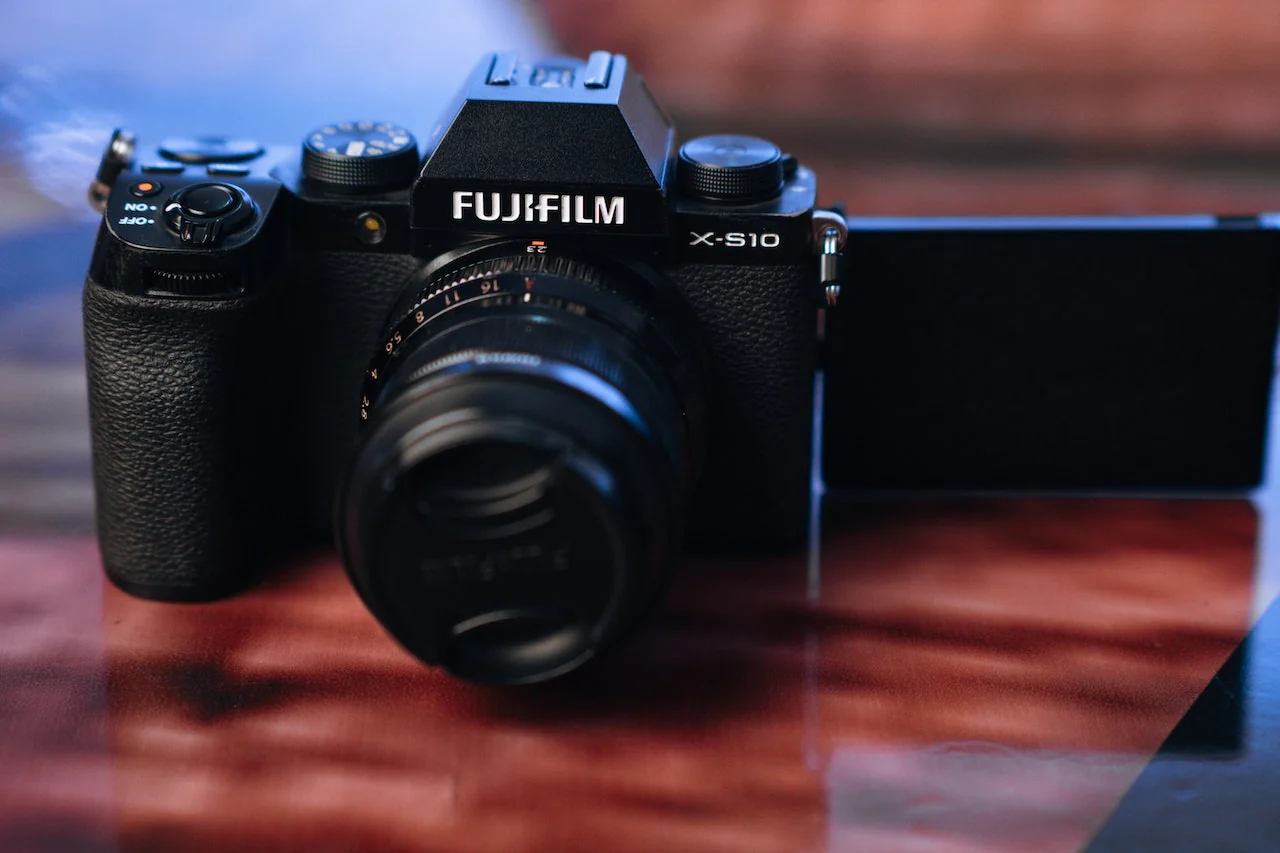Selecting the right camera is essential for capturing high-quality images and aligning with your photography goals. With various types of cameras available, each offering unique features and benefits, it’s important to choose one that suits your needs and preferences. This guide provides an overview of key factors to consider when choosing the right camera for you.
Determine Your Photography Goals
Before selecting a camera, define your photography goals and style:
- Portrait Photography: For portrait photography, a camera with good low-light performance and high resolution is ideal. Consider models with a larger sensor and a range of lenses.
- Landscape Photography: If landscape photography is your focus, choose a camera with a high resolution and wide dynamic range to capture detailed and expansive scenes.
- Wildlife Photography: For wildlife photography, look for a camera with a fast autofocus system and high continuous shooting speed to capture fast-moving subjects.
Understanding your photography goals helps narrow down your options and select a camera that aligns with your needs.

Types of Cameras
Different types of cameras offer various features and benefits:
- DSLR Cameras: Digital Single-Lens Reflex (DSLR) cameras offer optical viewfinders, excellent image quality, and versatility with interchangeable lenses. They are suitable for various photography styles and are known for their reliability and extensive lens options.
- Mirrorless Cameras: Mirrorless cameras are compact and lightweight compared to DSLRs. They offer similar image quality and interchangeable lenses but use electronic viewfinders or screens. They are ideal for those who prioritize portability.
- Compact Cameras: Compact cameras, also known as point-and-shoot cameras, are small and easy to use. They are suitable for casual photography and travel but may have limited manual controls and features.
- Bridge Cameras: Bridge cameras offer a wide zoom range and are a good middle ground between compact cameras and DSLRs. They have a fixed lens and provide more control than compact cameras without the bulk of a DSLR.
Choosing the type of camera that fits your preferences and shooting style ensures a better match for your needs.
Sensor Size and Quality
Sensor size impacts image quality and depth of field:
- Full-Frame Sensors: Full-frame sensors provide superior image quality, low-light performance, and a shallow depth of field. They are ideal for professional photographers and those seeking the best image quality.
- APS-C Sensors: APS-C sensors are smaller than full-frame sensors but still offer excellent image quality and performance. They are commonly found in entry-level and mid-range DSLRs and mirrorless cameras.
- Micro Four Thirds Sensors: Micro Four Thirds sensors are smaller and offer a greater depth of field. They are often found in compact mirrorless cameras and are suitable for a wide range of photography styles.
Selecting the appropriate sensor size based on your image quality needs and shooting preferences helps achieve better results.
Consider Lens Compatibility
Lens compatibility is crucial for flexibility and creativity:
- Interchangeable Lenses: Cameras with interchangeable lenses provide versatility for different shooting scenarios. Ensure that the camera you choose is compatible with a wide range of lenses to expand your creative options.
- Lens Ecosystem: Consider the availability of lenses for the camera system you choose. Established camera brands typically offer a broad selection of lenses, including wide-angle, telephoto, and macro options.
Choosing a camera with a compatible and extensive lens ecosystem enhances your ability to capture various subjects and styles.
Evaluate Features and Controls
Different cameras offer a range of features and controls:
- Autofocus System: Look for a camera with a fast and accurate autofocus system. This is especially important for capturing moving subjects and ensuring sharp images.
- Manual Controls: For more creative control, choose a camera with manual settings for aperture, shutter speed, and ISO. This allows you to fine-tune your exposure and achieve your desired results.
- Image Stabilization: Cameras with image stabilization help reduce camera shake and improve image sharpness, particularly in low light or at slower shutter speeds.
Evaluating the features and controls based on your shooting preferences helps ensure the camera meets your requirements.
Budget Considerations
Budget plays a significant role in choosing the right camera:
- Entry-Level Cameras: Entry-level cameras offer good value for beginners and those on a budget. They provide essential features and ease of use without breaking the bank.
- Mid-Range Cameras: Mid-range cameras offer advanced features and better performance. They are suitable for enthusiasts who want more control and versatility.
- High-End Cameras: High-end cameras are designed for professionals and serious photographers. They offer top-notch performance, advanced features, and superior image quality.
Choosing a camera within your budget ensures you get the best value for your investment while meeting your photography needs.
Conclusion
Selecting the right camera involves considering your photography goals, the types of cameras available, sensor size, lens compatibility, features, and budget. By evaluating these factors, you can choose a camera that aligns with your needs and preferences, allowing you to capture stunning images and develop your photography skills. Investing time in choosing the right gear ensures a better photography experience and more satisfying results.











